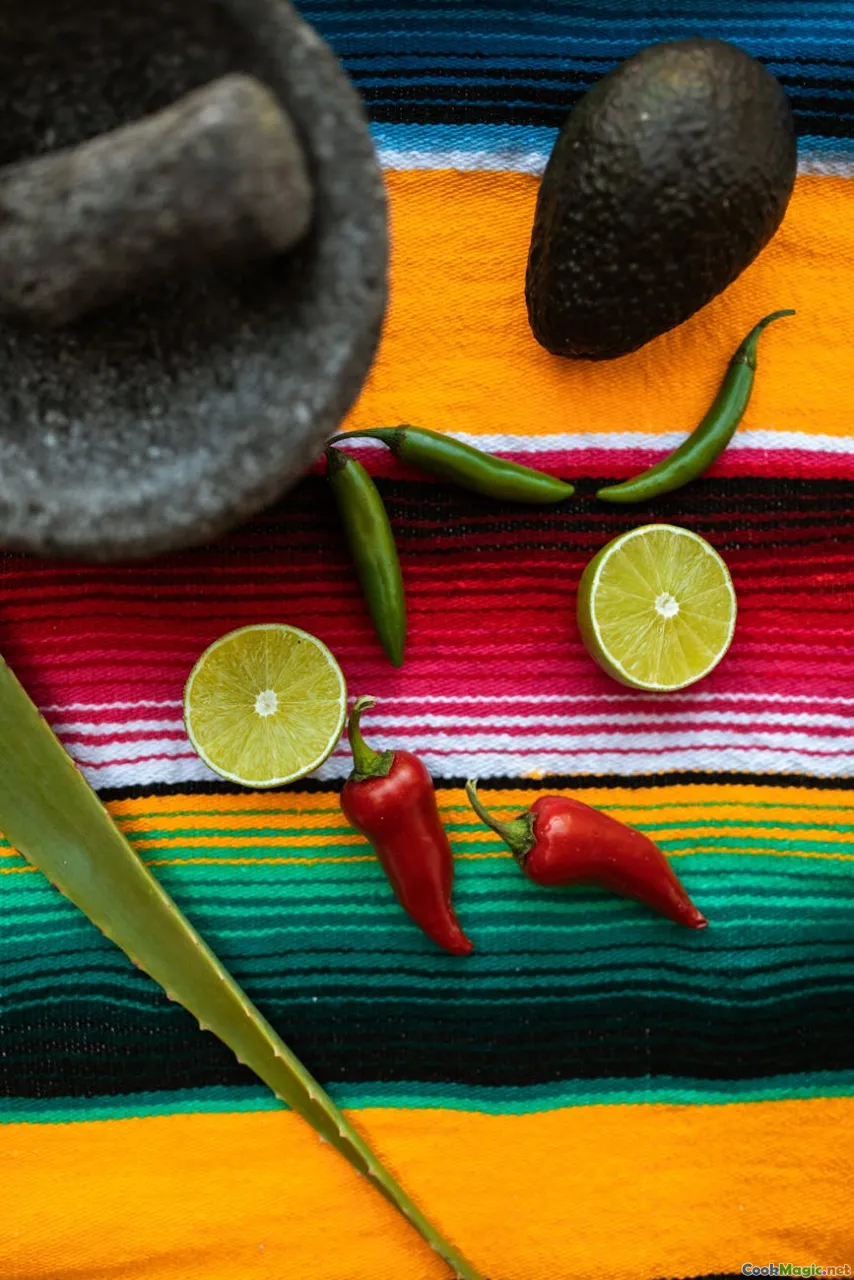Exploring Armenian Culinary Heritage
7 min read Discover the rich tapestry of Armenian culinary heritage, from age-old recipes to vibrant flavors that tell a story of resilience and culture. May 02, 2025 06:55
Exploring Armenian Culinary Heritage
Imagine a land where mountains kiss the sky, ancient monasteries stand as silent witnesses to history, and the aroma of freshly baked bread wafts through narrow cobblestone streets. Welcome to Armenia—a country whose culinary heritage is as rich and enduring as its storied past. Here, food is more than sustenance; it’s a bridge connecting generations, a symbol of resilience, and a vivid expression of identity.
The Heartbeat of Armenia: A Cultural Tapestry Woven with Flavors
Armenian cuisine is a reflection of its geography, history, and the diverse peoples who have called this land home. From the fertile plains to the rugged mountains, each region boasts its own unique ingredients and culinary traditions. The flavors are bold yet nuanced, often combining tart, savory, spicy, and sweet elements in perfect harmony.
Historical Roots and Cultural Significance
Armenian culinary traditions date back thousands of years, with roots intertwined with ancient Persia, the Ottoman Empire, and neighboring Caucasian cultures. The survival of these traditions through centuries of conquest and exile speaks to the resilience of the Armenian people.
The communal aspect of dining is central to Armenian culture—a large table laden with an array of dishes fosters bonds and celebrates life’s milestones. Food, in Armenia, is an act of love, a way to honor ancestors, and a testament to perseverance.
Signature Dishes and Their Stories
1. Khorovats — The Armenian Barbecue
Nothing embodies Armenian hospitality like khorovats, a smoky, tender grilled meat often cooked over open flames. Marinated with herbs, spices, and sometimes pomegranate juice, the meat is charred to perfection, releasing a tantalizing aroma that beckons neighbors and family alike.
2. Dovga — Aromatic Yogurt Soup
A comforting bowl of dovga combines yogurt, rice, herbs, and sometimes chickpeas or spinach. Served warm or cold, it’s a refreshing taste of home, evoking memories of family gatherings during chilly evenings.
3. Lavash — The Soft Flatbread
Baked in a tonir (clay oven), lavash is a staple that binds the meal. Thin yet sturdy, it’s used to scoop up savory stews or wrapped around herbs and meats, its nutty aroma and chewy texture a sensory delight.
4. Khash — A Traditional Winter Stew
Slow-cooked overnight, khash is a hearty dish made from beef or lamb feet and shanks, simmered with garlic, herbs, and spices. Usually enjoyed in the early morning, it’s a ritualistic feast that embodies warmth and camaraderie.
The Art of Armenian Cooking Techniques
Armenian cuisine employs age-old techniques that preserve flavors and textures. The use of the tonir for baking bread and roasting meats imparts a distinctive smoky flavor. Herbs like dill, mint, and parsley are used generously, often fresh and chopped finely, to add brightness.
Marination is crucial—meats are often marinated for hours with pomegranate, lemon juice, or yogurt, which tenderizes the flesh and infuses it with complex flavors. Pickling vegetables is another tradition, with tangy, crunchy accompaniments enhancing every meal.
Celebrations and Food
Festivals and religious holidays are marked by special dishes. During Easter, khorovats and lavash take center stage, while Gagh (snake-like dough rings with herbs) is a festive snack. The Armenian New Year, Navasard, features sweets like baklava and gata, symbolizing abundance.
Personal anecdotes reveal how food in Armenia is intertwined with memory and identity. I recall visiting a small village where an elderly woman, her hands deft and sure, kneaded lavash while sharing stories of her childhood. The warmth of her kitchen, the aroma of baking bread, and her laughter created a vivid tapestry of tradition.
Modern Armenian Cuisine: Preserving and Innovating
Today, Armenian chefs are blending tradition with innovation, using local ingredients in contemporary presentations. Restaurants in Yerevan serve reinterpretations of classics, while preserving the essence of Armenian flavors.
Vegetarian and vegan adaptations are also gaining popularity, emphasizing the country’s rich variety of vegetables, herbs, and grains. Yet, the core values remain—the communal spirit, the respect for ingredients, and the celebration of life’s simple pleasures.
Final Reflections: A Culinary Journey of Resilience
Exploring Armenian culinary heritage is to embark on a journey through time, culture, and soul. It’s a testament to a people who, through centuries of upheaval, have maintained their identity through food. Every dish, every flavor, and every tradition tells a story—a story of endurance, love, and hope.
Whether you’re savoring a warm dovga, biting into a crispy piece of lavash, or sharing a khorovats around a flickering fire, you participate in a centuries-old dialogue—a celebration of Armenian spirit expressed through culinary artistry. So, next time you indulge in Armenian cuisine, remember, you’re tasting a piece of history—a fiery, flavorful, resilient heritage that continues to thrive, inviting the world to partake in its enduring story.









